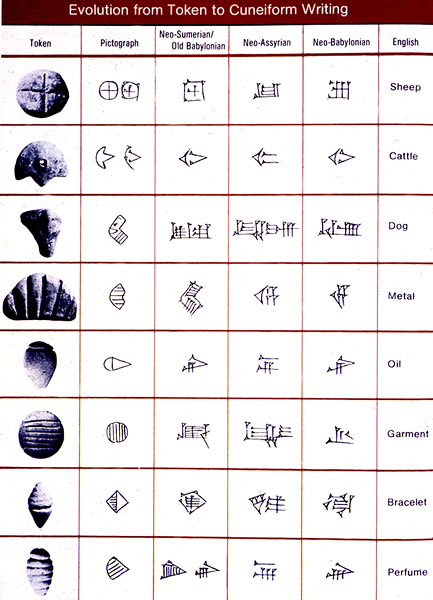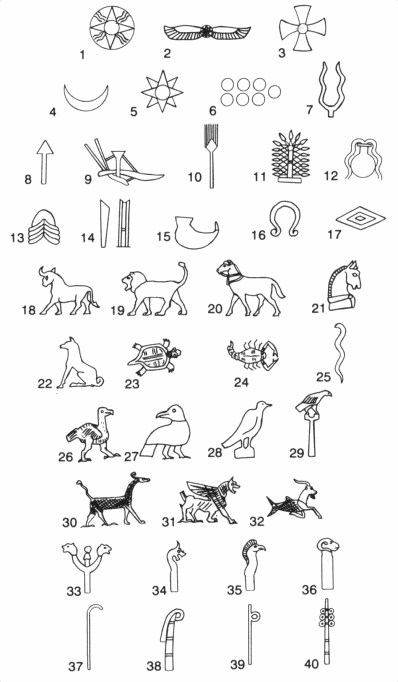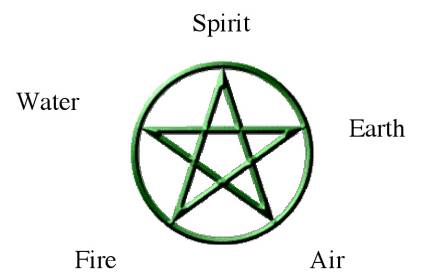If you are a bit of a history enthusiast you will already be well acquainted with the fact that Mesopotamian civilizations were the first to develop the art of writing via a set of pictographic representations or symbols. The Sumerians were first to have developed the primitive form of writing.

Long reeds were used to inscribe on clay tablets. This script is known as the cuneiform which is a combination of two Latin words meaning wedge and shape.
This pictorial script over a period of time eventually developed in the first of alphabets. In Sumer all the writing was done by pictorial representation. The general practice was to represent individual words by unique pictures which actually bore a rough resemblance to the representation.

Slowly but steadily these simple pictorial representations became more and more complex as the need to incorporate newer words arose every other day. This ultimately saw the emergence of many variations of wedges and hooks in the writing scenario.
Scholars brand these wedges and hooks to be original cuneiforms and refer to them as ideographic. This writing style uses ideograms and hence came to be known as concept writing. You will however be amazed to know that the inhabitants spoke a completely different language and initially must have found it difficult to manage to the new language.

Various other symbols have also been found all across excavation sites in Mesopotamia. The first findings were clay tokens but it seems as if the Mesopotamian’s gave up the use of such clay tokens all together after a particular length of time.
Newer symbols were closer to nature than ever. They represented it in the true form. Also another unique feature of the new system involved not using similar representations of similar objects.

There are enormous examples of the same in the ancient cities of Uruk, which was found to have the maximum number of urban centres and which in turn also was the largest city of the world then. Various other types of engraved symbols have also been found of jewellery, ornaments, pottery, etc. Art was indeed at its peak and it is evident from what is left of Mesopotamia today.